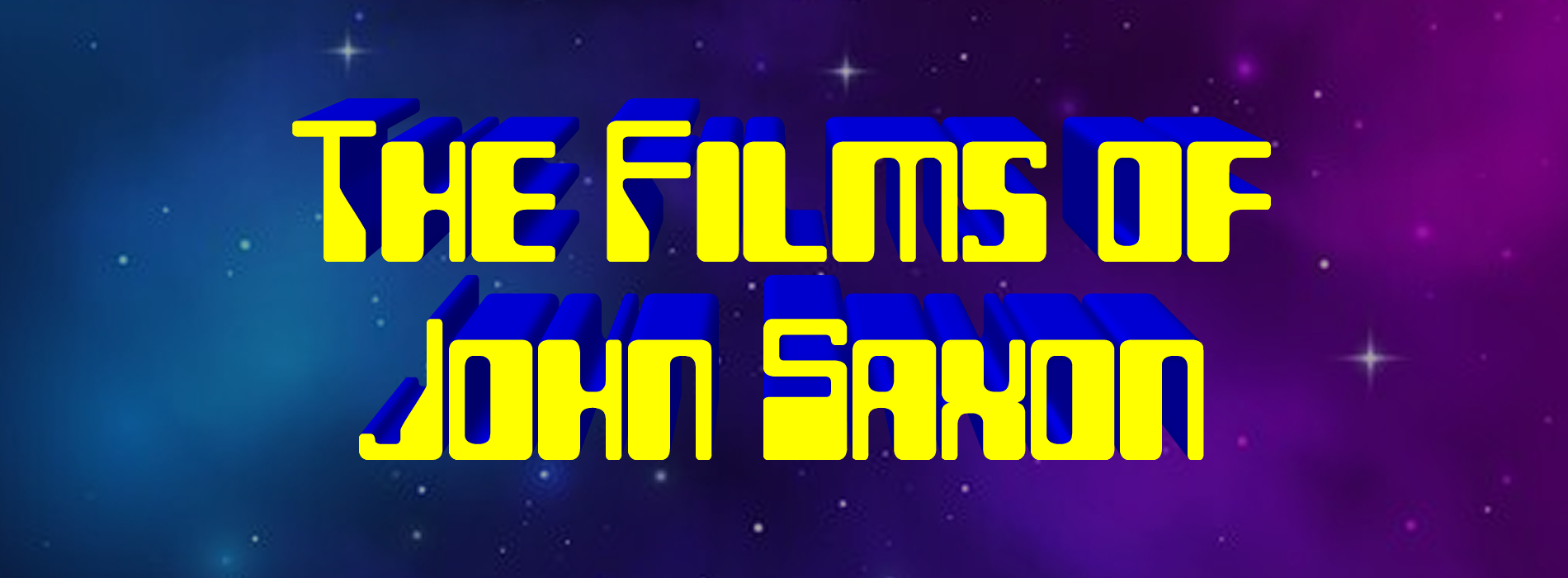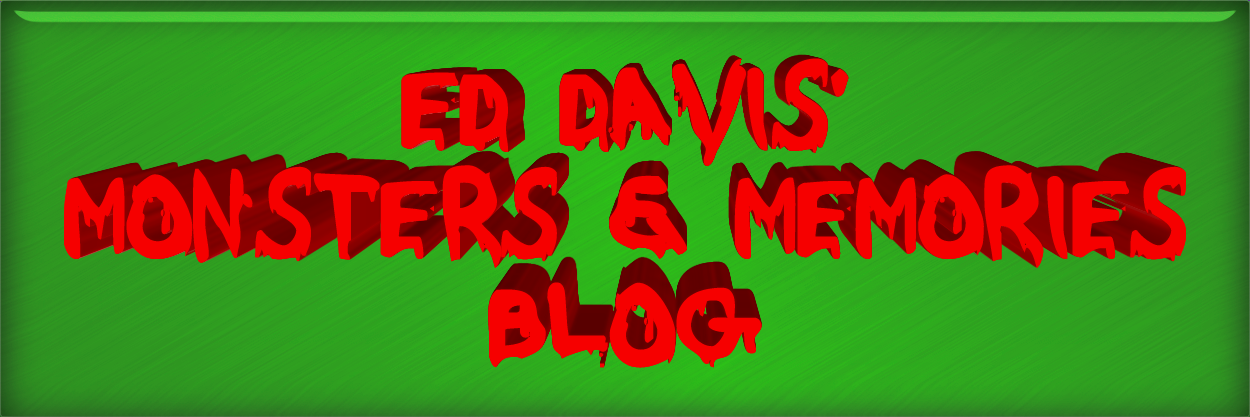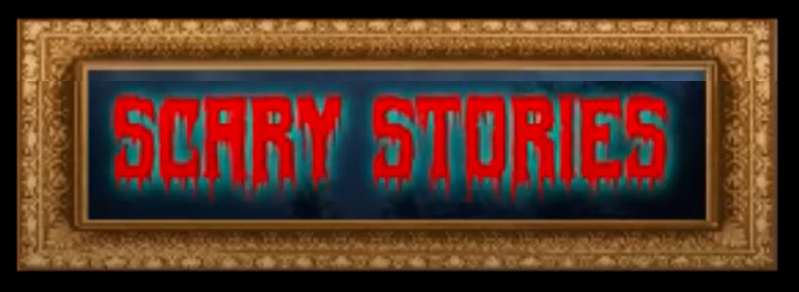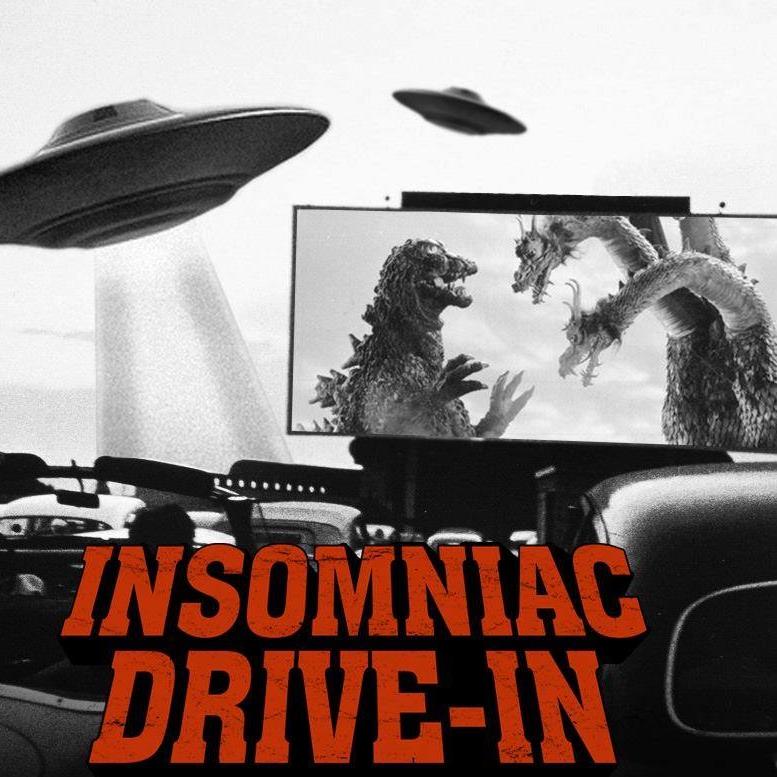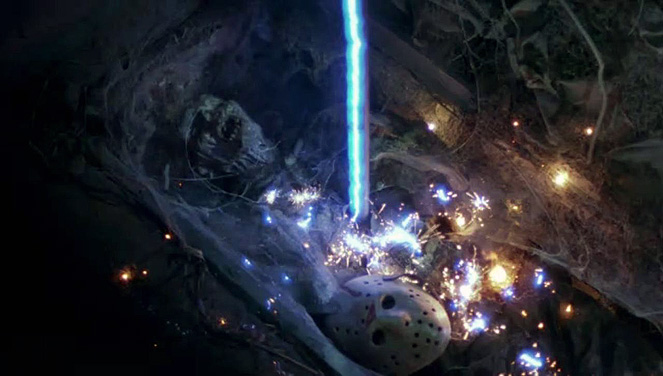
Greetings all! It’s finally time for a new, long overdue Then Is Now Blog!! For those of you older readers, you will not only remember black and white films, but also black and white TV sets!! In those fun old days we had to wrestle with the antenna to get good reception in order to watch whatever monster movie was on that day. It didn’t matter if the TV itself was black and white because most of the monster movies we loved were also black and white. As I used to explain to my kids, or to their friends when they saw us watching a black and white movie and didn’t understand why there was no color, a lot of filmmakers who made movies without color did so not only because the film stock was cheaper, but also because they were able to skillfully use the shadows to their advantage. This is particularly prevalent in Film Noir movies and the classic Universal Horror films, and you only see shadow or black and white used very rarely today, so I’m going to present to you a fun exception.
Speaking of the classic Universal Horror films, let’s discuss a film that’s not part of that franchise, but the tone and look of which was inspired by those great films. Yes, I’m talking about 1986’s Jason Lives: Friday the 13th Part 6. For those of you who may be turned off by the Friday the 13th franchise, take a moment to hear me out and read this article. While Friday the 13th Part V: A New Beginning did well at the box office, fans were not happy that it looked as if Tommy Jarvis (the little kid from Part IV, played by Corey Feldman, who ultimately killed Jason in that flick) now grown up, was going to take on the mantle of the series’ killer by the end of the movie. Producers re-assessed their approach with Part 6, and hired Tom McLaughlin to direct, based on the fact that his previous film was the chiller One Dark Night, and he had been pitching comedies around Hollywood. The producers liked the creativity they saw in him and decided he was the right man for the job.
They weren’t wrong as he injected comedy and action into a franchise that had seemingly run its course. He also injected “meta” humor: comedy in which the film sometimes references the fact that it is a movie. Now don’t get me wrong, this is still a horror movie (or slasher movie if you want to get technical), but the little bits of humor and self-referential humor here and there set it apart from the others in the series, and breathed new life into the franchise.
Now you’re probably wondering what this all has to do with the Universal Horror movies, and why I’m talking about this in Then Is Now. Well, first of all, director Tom McLaughlin was inspired by the Universal Horror Films, particularly Frankenstein. In Jason Lives, the titular antagonist is brought to life by lightning, and is a lumbering hulk, much like the Frankenstein monster of yore. By the same token, much like Dracula or the Wolfman, Jason now has a weakness: for him it’s water. By having Jason come back to life, McLaughlin turns Jason into a superhuman, supernatural force…far more powerful than as portrayed in the previous films. Also, there is speculation that Jason was supernatural to begin with and that he didn’t survive the original drowning in 1957, but rather came back to life then. And there’s another connection here that will tie every one of my points together…
Tom McLaughlin specifically created the look of the film to be best seen in glorious Black and White, just like the classics. In one interview, he even said that people should turn the color down on their TV set and then watch Jason Lives. I did that the other day, and you know what? The same way the film breathed new life into the franchise, watching it in Black and White breathes new life into the film itself!! It really works and actually makes the already enjoyable film even more fun to watch!
The film becomes moodier. The shadows pop much more than in color. The lightning blast has a chilling retro effect that really hits the back of your head where Monster Kid thoughts formulate! Harry Manfredini’s score seems to be more in the forefront than in the background. The windy scenes of leaves being blown around and Jason sneaking up on unsuspecting victims just seem so much more vibrant and chilling. McLaughlin knew that he couldn’t put a mainstream black and white movie into the theaters, but it doesn’t matter. He made it so that we can enjoy it in black and white anyway, and somehow the film is better that way. Perhaps a little more artful? Perhaps a little more chilling and less about the blood? Those perceptions are up to the individual viewers, but no matter what, turning the color back turns this film into a whole different experience.
So in keeping with the theme of this blog, we are taking something from the past and relating it to the present. This time with a homework assignment: watch Jason Lives in Black and White, and let me know what you think!!! Let me know if it works for you, or if you thought it was just the same old crap without the color. I’m betting that you’ll be pleasantly surprised and it might make you hanker for the classics, which OF COURSE are better films, but that’s not the point of this article. So after Jason Lives in B&W, break out the classic monster movies and binge them as well!!
If you want to respond after watching the film without color, email us at thenisnow42@gmail.com and put “Jason Lives Blog” in the subject. If we get enough responses, I’ll publish them here in a Then Is Now article!!
Re-Gor











